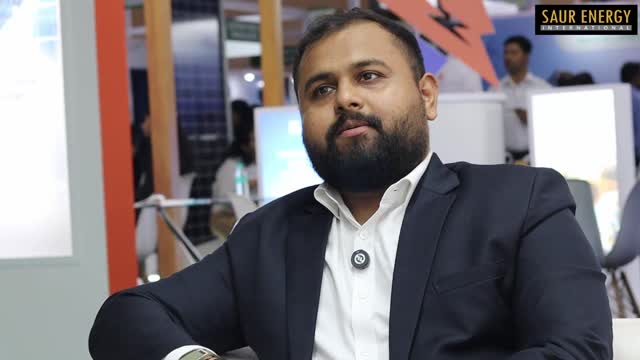
This recognition not only validates Knack Energy’s manufacturing standards but also opens doors to government-backed solar projects across India—a critical step in scaling operations and building credibility in a competitive market.
From Components to Capacity Expansion
Founded with a vision to revolutionize the solar energy sector, Knack Energy began its journey by producing Encapsulants and Backsheets—essential components in solar module assembly. Over time, the company expanded its capabilities and now boasts a fully automated solar module manufacturing facility with a current capacity of 800 MW.
According to Director Ravi Patel, the company is on track to increase this capacity to 2 GW by September 2025, driven by strong demand and a robust order pipeline.
TOPCon Advantage: Quality and Performance
What sets Knack Energy apart is its commitment to advanced technology and quality. All of its modules are based on TOPCon (Tunnel Oxide Passivated Contact) technology, which offers higher efficiency, better performance in low-light conditions, and greater durability compared to conventional PERC modules.
The company emphasized that from day one, its focus has been on producing Tier 1 quality panels, which has helped it gain traction in both domestic and international markets.
Solar Cell Manufacturing: The Next Frontier
The company’s expansion plans don’t stop at modules. Knack Energy is preparing to enter solar cell manufacturing by early 2027, with a target of commissioning at least 1 GW of solar cell capacity. This move aligns with MNRE’s broader strategy to include solar cell production under the ALMM framework, encouraging vertical integration and reducing India’s dependence on imported cells.
While the company has no immediate plans to go public or raise funds through an IPO, it is exploring strategic partnerships and internal investments to support its growth trajectory.
India’s Solar Surge: A Timely Opportunity
Knack Energy’s rise comes at a time when India’s solar industry is undergoing a transformative shift. The country’s solar module manufacturing capacity has nearly doubled in the past year, reaching 74 GW by March 2025, while solar cell capacity has tripled to 25 GW.
This growth is fueled by strong policy support, including the Production Linked Incentive (PLI) scheme, Basic Customs Duty (BCD) on imports, and the ALMM mandate—all designed to promote domestic manufacturing and reduce reliance on foreign suppliers.
Demand Outlook: Bright and Growing
The demand side of the equation is equally promising. India is targeting 500 GW of non-fossil fuel energy by 2030, with solar expected to play a central role. The market is projected to grow at a CAGR of nearly 20% over the next five years, driven by declining technology costs, increasing grid parity, and rising awareness of climate change.
Ravi Patel believes that the current supply-demand gap in the solar module market presents a golden opportunity for manufacturers like Knack Energy to scale up and capture market share.
Smart Manufacturing and Innovation
In addition to its manufacturing prowess, Knack Energy is also investing in sustainability and innovation. Its facilities are designed for minimal human intervention, ensuring consistency and reducing the risk of defects.
The company is also exploring the use of Artificial Intelligence (AI) and the Internet of Things (IoT) in quality control and predictive maintenance—tools that could further enhance efficiency and reduce operational costs.
Gujarat: A Strategic Advantage
The company’s growth story is also a testament to the broader industrial ecosystem in Gujarat, which has emerged as a hub for solar manufacturing. With access to skilled labor, robust infrastructure, and proactive state policies, Gujarat offers an ideal environment for companies like Knack Energy to thrive.
The state’s strategic location and port connectivity also make it a gateway for exports, further boosting its appeal.